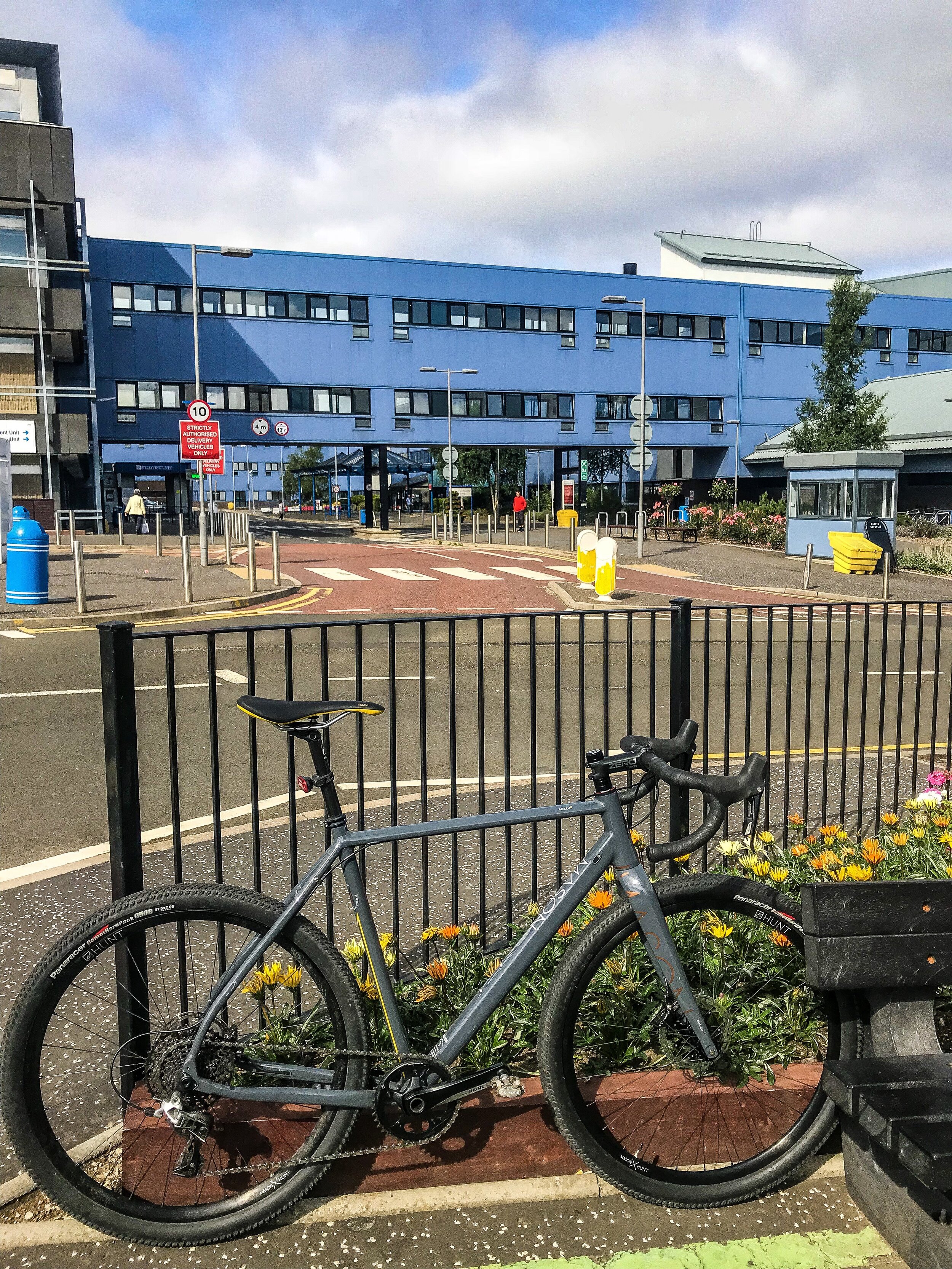The realities of treat to target in IBD
Monday evening 730pm in my office (*) — a red folder full of results in polypockets, TRAK open (our EMR), dictaphone in hand (analogue tape!), and a pot of fresh coffee (I really love coffee*). I’ve been on vacation for 2 weeks and today is the first day back at the hospital. There are hundreds of results waiting, nearly all from people with IBD and >50% are faecal calprotectins.
Most are completely normal (<50mcg/g) confirming that a patient is in deep remission (no symptoms and no inflammation — #1 goal) or at least in biological remission (symptoms may be driven by functional overlap, bacterial overgrowth, bile acid malabsorption, stricturing etc … a change in anti-inflammation medicine — ie any drug for UC or Crohn’s — is not needed). I’m happy — we’re mostly doing a good job!
Many are a little raised but still below the magic threshold (<250mcg/g) used in CALM (https://www.thelancet.com/journals/lancet/article/PIIS0140-6736(17)32641-7/fulltext) and other studies and now routinely deployed in clinical practice as indicating no significant inflammation. At this level I will carefully look to see if the longitudinal trend; I may make minor adjustments to therapy (depending on drug levels etc) and I may maintain a relative high tempo of monitoring (e.g. FC every 2-3 months). Much of this depends on the individual patient.
However, a significant proportion are high (>250mcg/g) and some are very high (no definition exists here but with our assay I always sit up and take notice when the level is >500mcg/g, even more so >1000mcg/g (these are the levels we typically see in sick in-patients with acute severe colitis). Some of this is expected — the patient who was sick in clinic with symptoms and a raised CRP (>5mg/L) and the calpro is to get a baseline reading. Why? Then we can follow it in response to treatment — be it a course of steroids, exclusive enteral nutrition, optimised 5-ASA in UC, or a new biologic. I want to see both symptoms AND that calprotectin normalise (to <250mcg/g) and to stay that way.
But some high calpro results are unexpected and then we need to dial in closely and make a plan. Review, re-test, re-stage (colonoscopy and MRI), check drug levels, treatment compliance etc. Every person with IBD is different; every flare is different (is it even a flare if there are no symptoms? — this is increasingly common …. And yes, it is a flare … but I think we need new definitions urgently to help in clinic). Robust longitudinal data that captures key clinical parameters, patient report outcomes (not forgetting QoL, pain, fatigue, sleep, impact on work / life etc) and biological inflammation (CRP and calprotectin) is so important for every person with IBD**
Will I make a treatment change based just on a calprotectin result? Absolutely, especially where I’m lucky to see a rich dataset for an individual patient. Do I always do this? No. Sometimes the right thing to do is review and restage as above. But I always do something. The mantra is monitor, monitor, monitor AND act on the results of the monitoring.
Postscript: We are “paper-lite” in Edinburgh. TRAK — the EMR across Scotland — captures all clinic letters, all appointments, all interventions, all results (bloods / micro / calprotectin /path / endoscopy / radiology). It does a pretty good job of this. But, it is not designed for people with IBD or any other chronic illness for that matter (nor the healthcare providers that look after their care). We do not have a curated summary of disease phenotyping (disease location, behaviour, surgical interventions), medications (current and previous; response / non-response and intolerances) and no way to systematically record patient reported outcomes. The results from tests ordered still come back to my office in paper, for sign-off and then I dictate a letter to the GP — always cc’ing in the patient or vice versa — on that analogue tape for my secretary to type, print, me to sign off and upload onto the EMR. Cumbersome? Yes. Works to a point? Yes. Better than pre-EMR? Absolutely. But with a treat-to-target strategy in IBD it means a lot of admin! But it’s worth it if we can improve outcomes that matter — prolonged remission, deep remission, reduced flare rates, reduced hospitalisation and reduced surgical interventions.
And so at the end of a long first day back the red folder is empty … and 4 tapes are full . I’ll bring biscuits to work in the morning … Abbie and the team deserve it!
(see below)
*written on Saturday morning after the in-patient ward round in Cairngorm coffee with 2 flat whites with oat milk — coffee nirvana !!! — and cake (a rare treat) — to fuel blog writing and a long ride home on my Mason Bokeh (best bike ever!)
** we are working with Oshi Health Inc (link) to develop a world-leading symptom tracker for people with IBD that will ultimately deliver a truly integrated digital healthcare solution with hyper-personalised care … I’ll blog more about this soon, but if you’re in the US you can already take a look at the MVP free for download from the App store.





